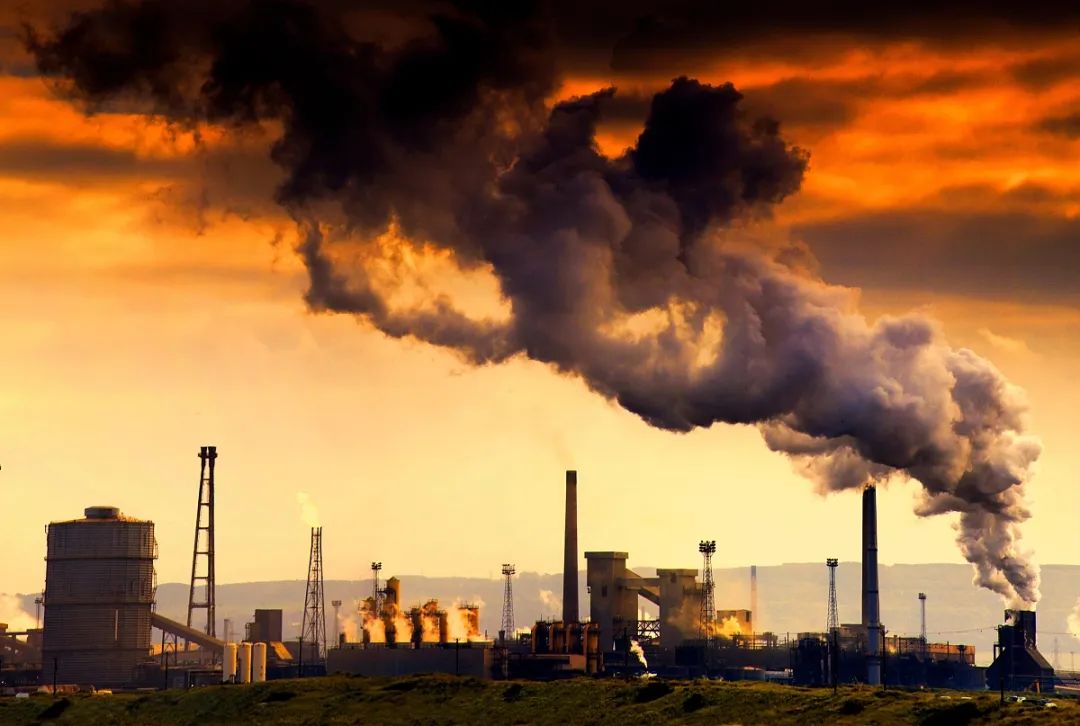Knowledge of hazardous chemicals
Classification of common hazardous chemicals
ONE
Explosive materials
It means that under the action of external forces, a violent chemical reaction can occur, and a large amount of gas and heat can be generated instantaneously, so that the surrounding pressure rises sharply and an explosion occurs.
。

TWO
Flammable liquid
Means flammable liquids, mixtures of liquids or liquids containing solid substances, but does not include liquids that have been included in other classes because of their hazardous properties and have a burning point equal to or below 61 degrees Celsius.

THREE
Poisonous object
It means that after entering the body, it accumulates to a certain amount, which can have biochemical or biophysical effects with body fluids and organ tissues, disturb or destroy the normal physiological functions of the body, cause temporary or persistent pathological changes in some organs and systems, and even endanger life.

FOUR
Compressed, liquefied gas
It is usually a gas dissolved under compression, liquefaction or pressure.

05
Flammable solid
Refers to the low ignition point, sensitive to heat, impact, friction, easy to be ignited by external fire sources, burning quickly, and may emit toxic fumes or toxic gases solid, but does not include items that have been included in the explosive.

06
Corrosive product
Solids and liquids that can burn human tissue and cause damage to objects such as metals. Visible necrosis within 4 hours of contact with the skin, or solids and liquids with a uniform corrosion rate of more than 6.25mm/y on the surface of No. 20 steel at 55 degrees Celsius.

Hazards of hazardous chemicals
01 Fire and explosion hazards
Cause fire, explosion accident, and rescue difficulty is high.




02 Health Hazards
After the accident, the poison can spread and cause pollution in many ways, causing acute poisoning and suffocation accidents.






